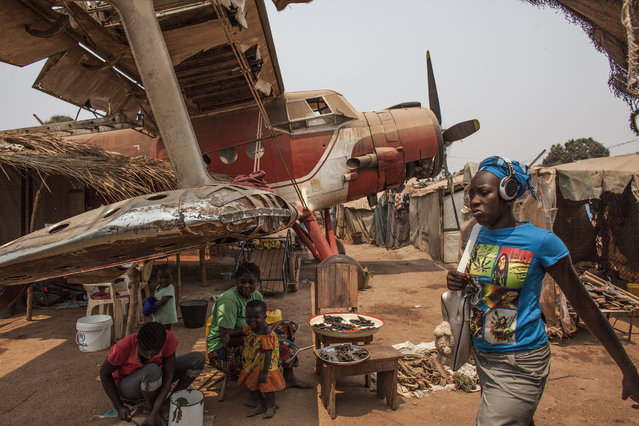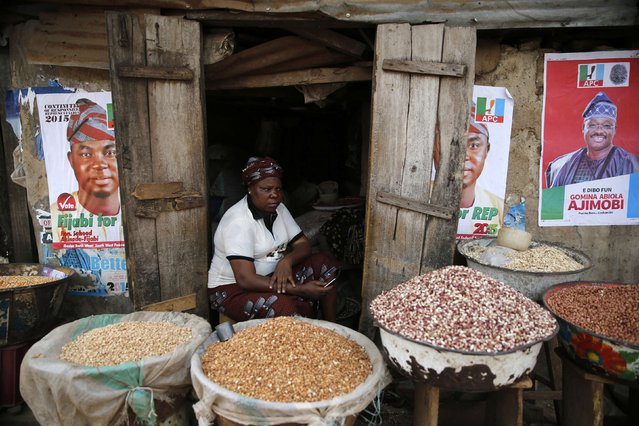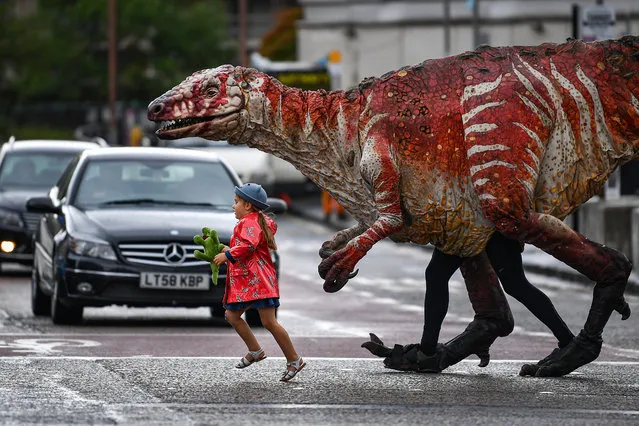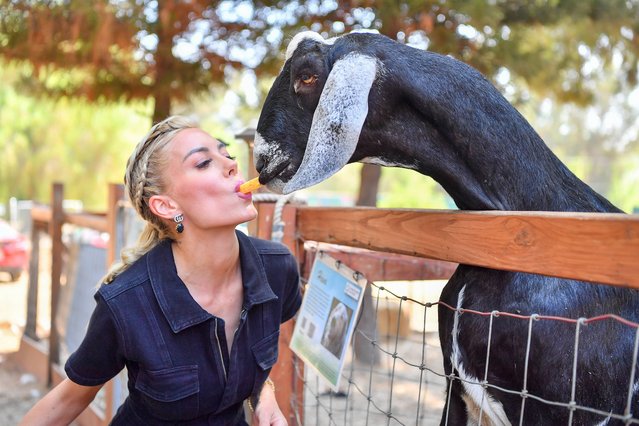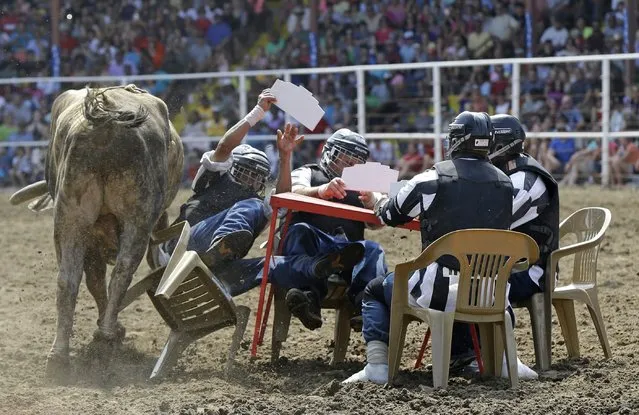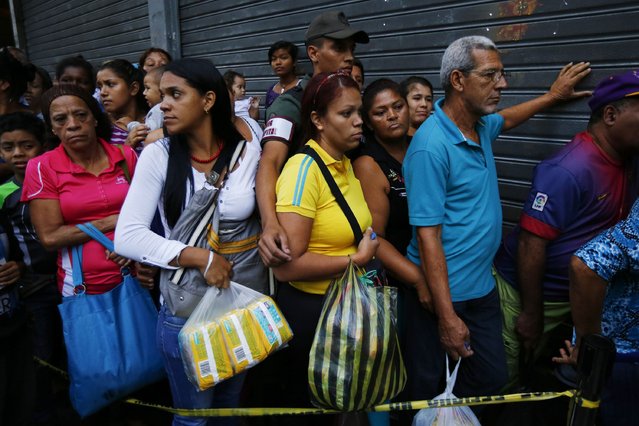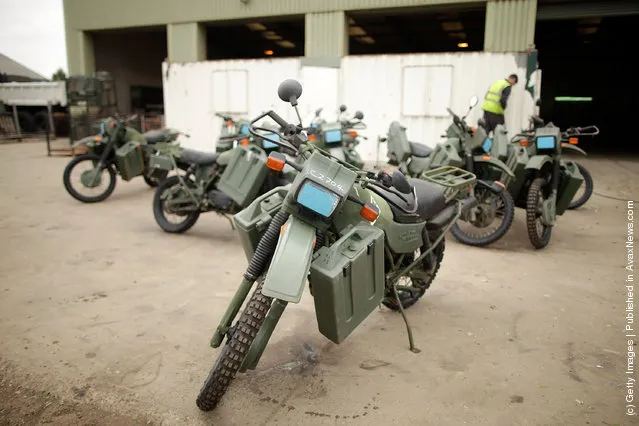
Former Ministry of Defence motorbikes (guide price £650 to £1250) being serviced ready for potential buyers on August 12, 2011 in Colsterworth, England. Witham LTD sells a variety of former MOD equipment and vehicles to foreign countries, domestic companies and private individuals. (Photo by Matthew Lloyd/Getty Images)
05 Sep 2011 11:49:00,post received
0 comments

